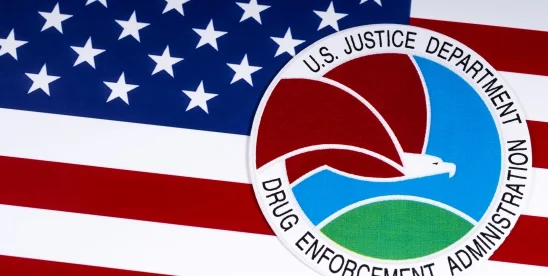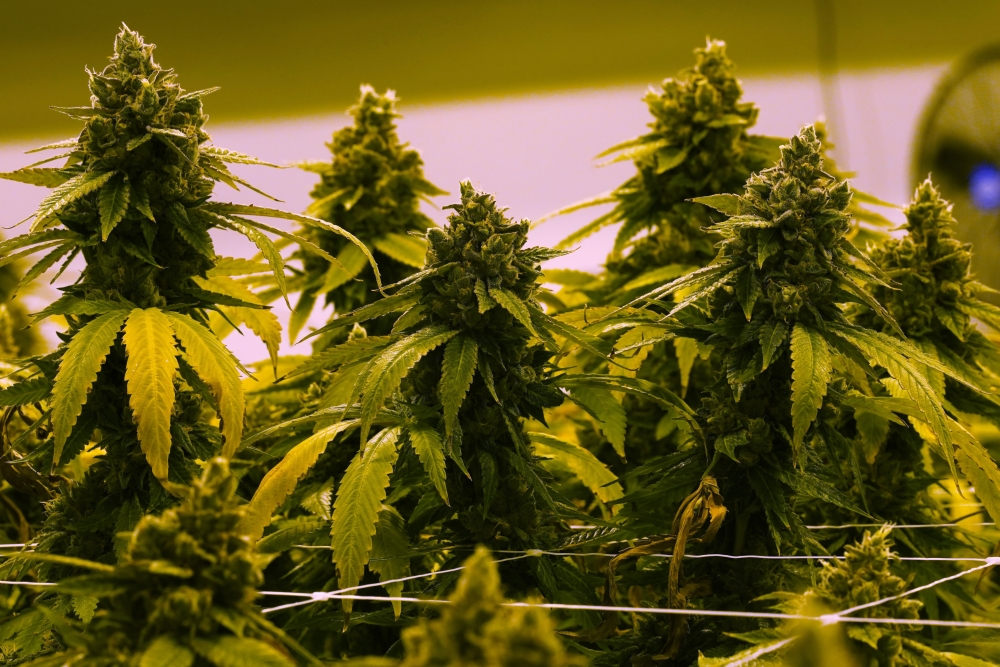The Drug Enforcement Administration (DEA) has released its 2025 National Drug Threat Assessment (NDTA) Report, which raises doubts about the prospects for rescheduling cannabis from Schedule I to Schedule III. This report indicates a strong resistance to changing cannabis’ current legal status, citing concerns about illicit markets, product potency, and the influence of transnational criminal organizations (TCOs).
In a notable shift from previous expectations, the report dedicates a section to cannabis, which may surprise some observers. While other dangerous substances such as fentanyl and methamphetamine received attention, the DEA’s focus on cannabis underscores its perceived threat level. The report asserts several key points:
– Cannabis cultivation in legal states, such as Oklahoma, is being exploited by Chinese TCOs and Mexican cartels, which supply the illicit marijuana market across the U.S. – Despite state-level legalization, the black market for marijuana has grown, fueled by these criminal organizations. – The report claims that these TCOs are producing cannabis with THC levels averaging between 25% to 30%, marking the highest potency recorded in drug trafficking history. – It highlights that even in states where cannabis is legal, THC levels often lack regulation, raising safety concerns. – States that have legalized cannabis tend to report the highest usage rates, particularly among vulnerable populations. – Insufficient product labeling leads to an increase in accidental exposure, especially among children, particularly with products like Delta-8.
Crucially, the report does not provide references or evidence for many of its claims, particularly regarding the relationship between legalized cannabis and increased crime rates, as well as regulatory shortcomings. This lack of citations leaves room for skepticism about the findings.
The implications of the report suggest a strong likelihood that the DEA will oppose any efforts to reschedule cannabis. The report repeatedly connects the rise in marijuana usage and crime to state-run programs, indicating that the agency views these issues as intertwined.
Alternatively, one could interpret the report as the DEA outlining necessary regulations that must be implemented if rescheduling were to occur. The concerns raised may indicate that the DEA would require:
– Improved tracking systems to prevent legally grown cannabis from entering the black market. – Clearer regulations on THC potency limits across all markets. – Standardized product labeling requirements to minimize accidental exposure. – Uniform testing regulations to ensure product safety and compliance. – Oversight of hemp-derived products to confirm accurate labeling and ingredient disclosure.
As cannabis policy continues to evolve, the DEA’s stance and the findings in the NDTA Report could significantly shape future discussions surrounding legalization and regulation. Stakeholders in the cannabis industry will need to consider these developments carefully as they navigate the complex landscape of cannabis regulation.




